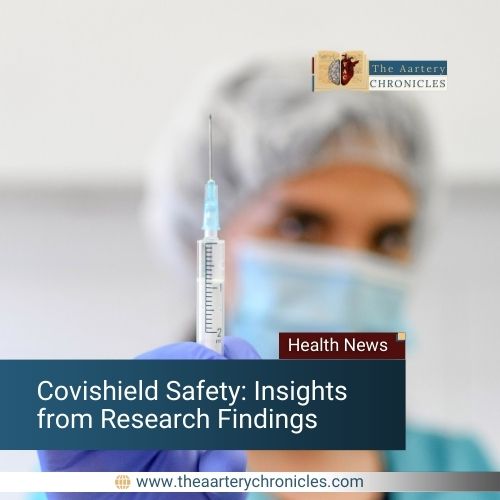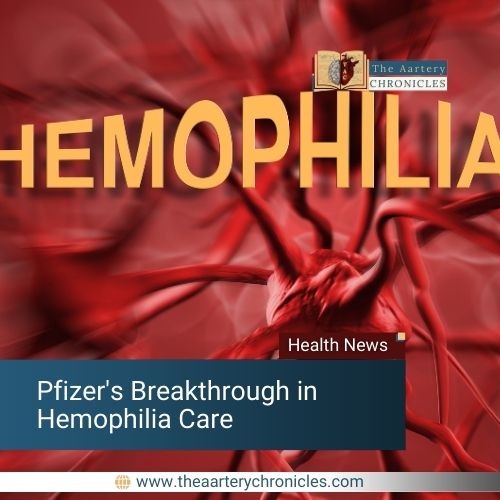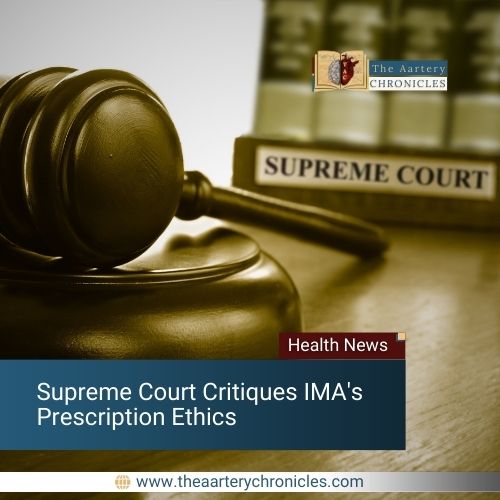Covishield Safety Analysis: Understanding AstraZeneca’s Findings
Reading Time: 4 minutesIn 2021, Government Committee confirmed 18 Covishield-related TTS deaths after reviewing 36 cases of adverse events post-immunization.
Covishield Safety Analysis: Understanding AstraZeneca’s Findings Read More »
Health News and Updates, Public Health





